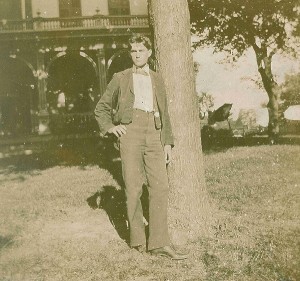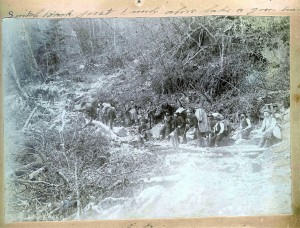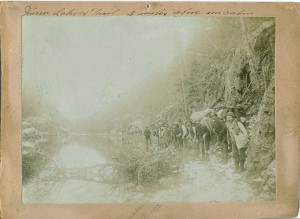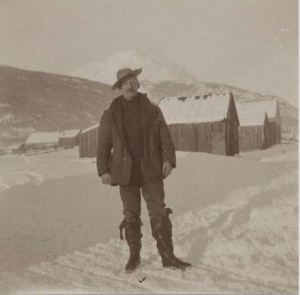
Born on October 4, 1850, in Penobscot County, Maine, John McGraw arrived in Seattle in 1876 broke and friendless. While growing up in Maine, McGraw’s father drowned, his mother remarried, and he found himself running a general store at age 17. He arrived in Seattle from Maine during the 1870s at the age of 26, and got a job as a clerk in the Occidental Hotel. He joined Seattle’s tiny police force and that was the beginning of his successful Pacific Northwest career in law enforcement, business, and politics.
John McGraw’s Seattle police job was occasionally exciting. Those young years, the wide-open town saw the toleration of a certain level of lawlessness. On January 17, 1882, businessman George B. Reynolds was threatened by two armed men as he walked down the street. Reynolds refused to cooperate with the robbers and was fatally shot in the chest. Reynold’s murder aroused Seattleites who caught the suspects and turned them over to authorities.
A mob formed, demanding custody of the accused. Seattle Chief of Police McGraw and King County sheriff Lewis Wykoff (1828-1882), both of whom were armed, held firm, but the next morning at the preliminary hearing the mob grabbed the prisoners and hanged them from two maple trees in Occidental (Pioneer) Square. Then they returned to the jail, extracted another prisoner, and hanged him as well. (Wykoff died suddenly of heart disease two days later.)
John McGraw ran for governor in 1892 with the slogan “Build the Lake Washington Canal and Build it for 1893.” (Ground was broken for the canal in 1911 and it opened for navigation on May 8, 1917.)
During his term as governor, McGraw was considered “a zealous friend of the University of Washington,” leading the effort to purchase a tract of land for $28,313.75 that became catalyst for the future campus. The cornerstone of the first building was laid during ceremonies on July 4, 1894.
Similar to many Pacific Northwesterners, McGraw was bitten by the “gold bug” following the July 17, 1897, arrival from Alaska of the steamship Portland with its “ton of gold.” Following his term as governor, and a spell of ill health, McGraw headed north as a first class passenger aboard the famous Portland on her return trip to Alaska. He arrived in Skagway in 1897. In 1900, he returned without striking it rich, but wiser and in better health.
John McGraw died on this day, July 23, 1910 in Seattle. After his death, a bronze statue of him, made in Paris by sculptor Richard E. Brooks, was erected in Seattle’s Times Square.
Historylink.org










